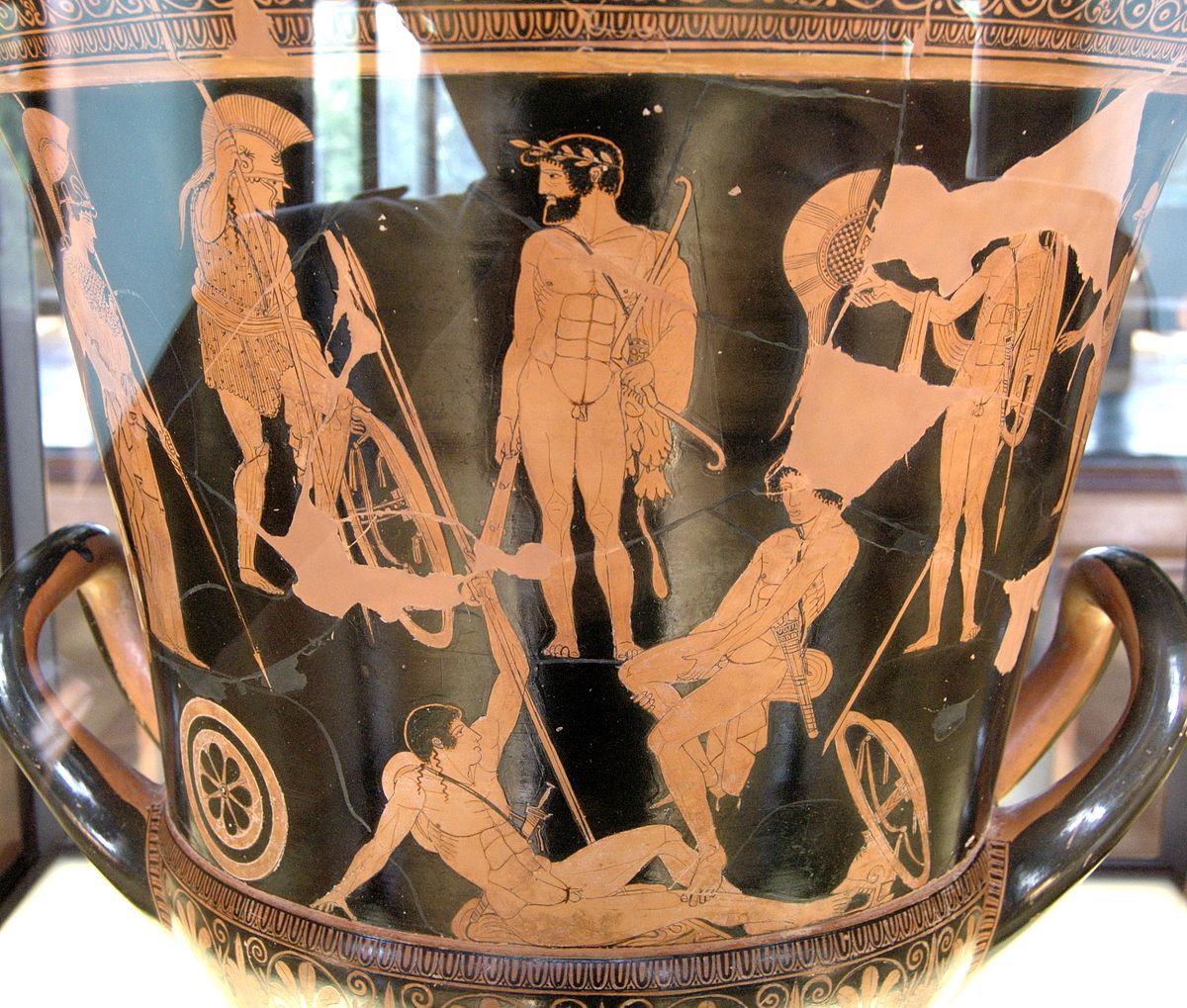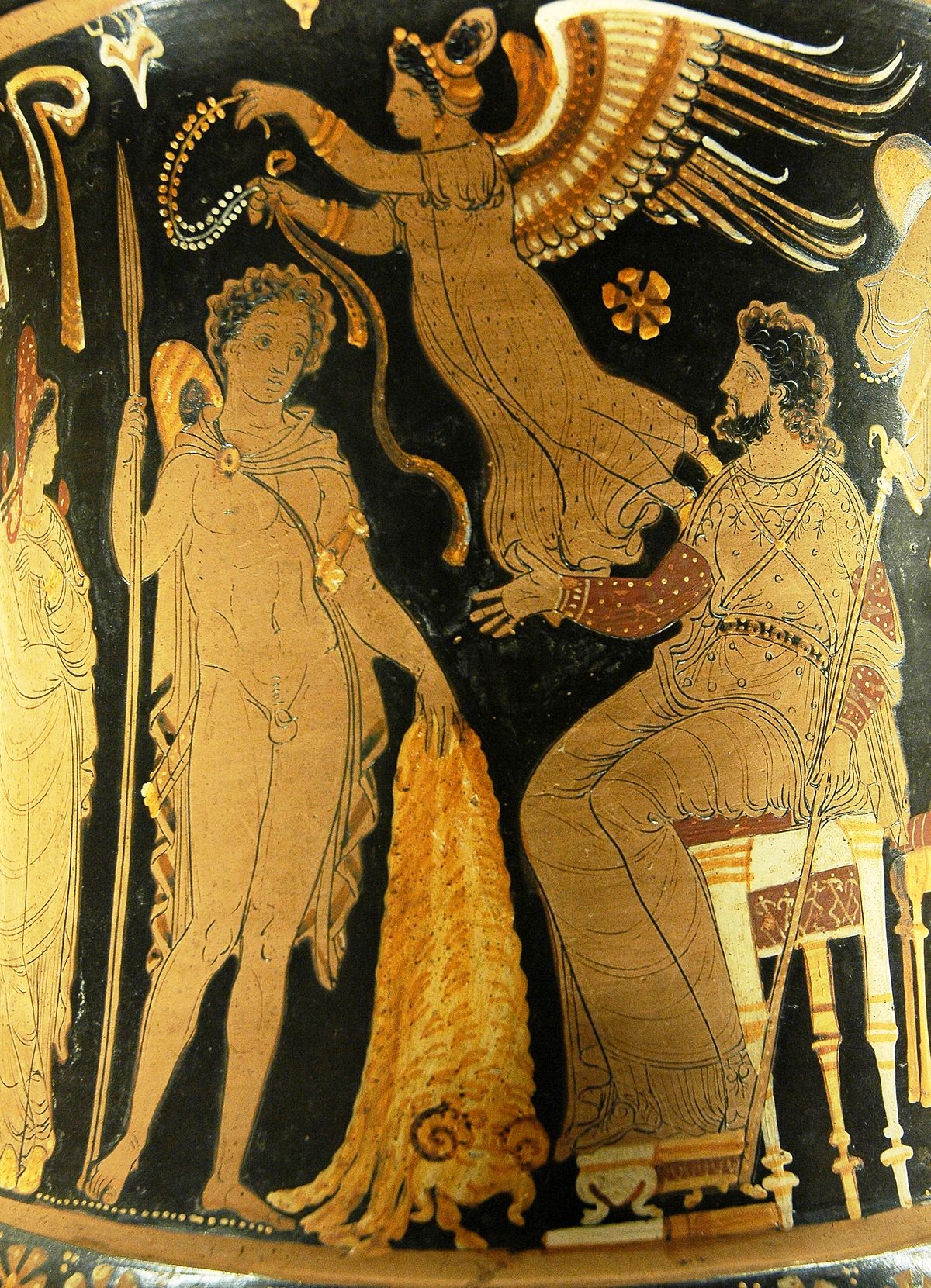Swammerdami
Squadron Leader
This thread attempts to summarize the historical evidence for supernatural miracle-working by Jesus and/or his disciples. Let me take a stab.
The alleged miracles might be divided into 5 types:
(The Resurrection and associated sightings will be discussed below.)
While the stories of healing and casting out demons are probably exaggerated, I do not think they are necessarily false. Psychosomatic illnesses were probably quite common in Judaea at that time, given the nature of their religion and the fact that it was failing them. Even today, many illnesses can be treated by a charismatic personality or hypnotist. With the strong emphasis on miracle types 1 and 2, many scholars assume they have some factual basis. However they do not qualify as supernatural.
Some of the early Christian writers lived long after Jesus. Hegesippus the Nazarene, for example, was born in 110 AD. Let's narrow the search by considering only documents probably written in the 1st century. Some of these are hypothesized works which survive only in other writings. I will list them in (very) approximate order of their writing.
So: All the Gospels mention miracles of types 3 and 4, but altogether these constitute just two primary sources: The "Signs Source" for the Gospel of John and the Gospel of Mark. (Secret Mark mentions the raising of Lazarus, but this doesn't affect the summary since the synoptics mention at least one other "raising of the dead."
But Paul does NOT mention any such miracles. The Q source does NOT mention any such miracles. Neither of two early writers -- Clement of Rome, a Christian, and Josephus, a non-Christian -- mention any miracles. Various other writings mention no miracles.
Thus there are only TWO (2) sources for miracles types 3 or 4: Mark and John. If these miracles really happened, then independent accounts might be seen beyond the two sources, but NO. If the miracles were widely believed, wouldn't we expect Paul to mention at least one?
Extraordinary claims require extraordinary evidence. Almost all non-Christian scholars and many Christian scholars will concede that the supernatural miracles did NOT happen.
The Resurrection
It is worth emphasizing that Mark -- the primary source for miracle types 1, 2, 3 and 4 -- mentions an empty tomb, but almost nothing else about any Resurrection. The writer of Mark was familiar with the Resurrection myth, but couldn't be bothered to discuss it in his Gospel. Resurrection became a central tenet of the Church mainly due to Paul's influence.
But what did Paul think of the Resurrection? For Paul, his vision of the risen Jesus was just that: a VISION (dream or imagination) of a Jesus risen to join His Father in heaven. Paul emphasizes the difference between "flesh and blood" and immortal spirit. Later writings speak of a Resurrection followed by an Ascension but for Paul these two events were one and the same. Roman chapter 6 is one of many places where Paul makes his view of the Resurrection clear; nowhere does he imply a Resurrected flesh-and-blood Jesus.
The origin of the Resurrection myth, and Paul's interpretation probably deserve a rich and interesting discussion, but I've been working on this for almost 3 hours and will take a break.
The alleged miracles might be divided into 5 types:
- Healing miracles (curing of physical impairments and illnesses)
- Exorcisms (casting out demons and unclean spirits)
- Nature miracles (calming storms, feeding multitudes.)
- Restoration miracles (raising the dead, restoring to life)
- Alleged sightings of the Resurrected Jesus.
(The Resurrection and associated sightings will be discussed below.)
While the stories of healing and casting out demons are probably exaggerated, I do not think they are necessarily false. Psychosomatic illnesses were probably quite common in Judaea at that time, given the nature of their religion and the fact that it was failing them. Even today, many illnesses can be treated by a charismatic personality or hypnotist. With the strong emphasis on miracle types 1 and 2, many scholars assume they have some factual basis. However they do not qualify as supernatural.
Some of the early Christian writers lived long after Jesus. Hegesippus the Nazarene, for example, was born in 110 AD. Let's narrow the search by considering only documents probably written in the 1st century. Some of these are hypothesized works which survive only in other writings. I will list them in (very) approximate order of their writing.
- The Passion Narrative in Mark. (Some scholars claim that the qualification, 'James the less', when referring to Jesus' brother means the account predates the death of James bar Zebedee ca 44 AD.) That account has super-naturalities (e.g. "the veil of the temple was rent in twain") but it's hard for me to take them seriously.
- The hypothesized Q Source was also very early. But it was mostly a collection of Jesus' alleged sayings. Only two miracles are mentioned in Q, one each of types 1 and 2.
- The "Signs Source" for The Gospel of John. Although John itself is dated later than the synoptic Gospels, scholars believe it uses a source independent of and possibly predating the synoptics. Turning water into wine at Cana is the first of these miracles (and is mentioned nowhere outside John). The second miracle explicitly mentioned by John occurred on a return visit to Cana, where he healed a nobleman's sick son remotely. Other miracles mentioned only by John include a healing at the pool of Bethzatha, curing a blind man, and the raising of Lazarus. (Lazarus is mentioned in "the Secret Mark.")
- The Epistles of Paul the Evangelist. While Acts asserts that Paul was a healer, Paul barely mentions healing. One quote from Paul -- "Have all the gifts of healing? Do all speak with tongues? Do all interpret?" -- implies that healing was just a subsidiary talent some disciples had, like speaking in tongues.
- The Gospel of Mark. This is the ONLY source for many or most of the miracles.
- Alleged deletions from the Gospel of Mark. Clement of Alexandria writes about a Secret Gospel of Mark, with passages deleted from a canonical version. The Secret Gospel mentions the raising of Lazarus.
- Various other Gospels. Setting aside probably-fictitious stories of a child Jesus, these are mostly based on Mark, and have no independent value.
- Various early Christian writings that have little to do with Jesus himself. These include Eugnostos the Blessed, the Didache, etc.
- the writings of Flavius Josephus. No miracles are mentioned.
- the First Epistle of Clement of Rome. This gives nothing about Jesus' life or any miracles.
So: All the Gospels mention miracles of types 3 and 4, but altogether these constitute just two primary sources: The "Signs Source" for the Gospel of John and the Gospel of Mark. (Secret Mark mentions the raising of Lazarus, but this doesn't affect the summary since the synoptics mention at least one other "raising of the dead."
But Paul does NOT mention any such miracles. The Q source does NOT mention any such miracles. Neither of two early writers -- Clement of Rome, a Christian, and Josephus, a non-Christian -- mention any miracles. Various other writings mention no miracles.
Thus there are only TWO (2) sources for miracles types 3 or 4: Mark and John. If these miracles really happened, then independent accounts might be seen beyond the two sources, but NO. If the miracles were widely believed, wouldn't we expect Paul to mention at least one?
Extraordinary claims require extraordinary evidence. Almost all non-Christian scholars and many Christian scholars will concede that the supernatural miracles did NOT happen.
The Resurrection
It is worth emphasizing that Mark -- the primary source for miracle types 1, 2, 3 and 4 -- mentions an empty tomb, but almost nothing else about any Resurrection. The writer of Mark was familiar with the Resurrection myth, but couldn't be bothered to discuss it in his Gospel. Resurrection became a central tenet of the Church mainly due to Paul's influence.
But what did Paul think of the Resurrection? For Paul, his vision of the risen Jesus was just that: a VISION (dream or imagination) of a Jesus risen to join His Father in heaven. Paul emphasizes the difference between "flesh and blood" and immortal spirit. Later writings speak of a Resurrection followed by an Ascension but for Paul these two events were one and the same. Roman chapter 6 is one of many places where Paul makes his view of the Resurrection clear; nowhere does he imply a Resurrected flesh-and-blood Jesus.
The origin of the Resurrection myth, and Paul's interpretation probably deserve a rich and interesting discussion, but I've been working on this for almost 3 hours and will take a break.


